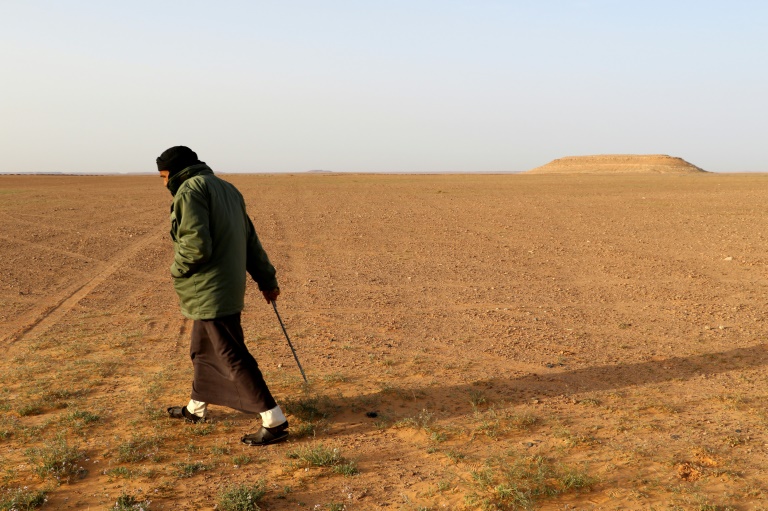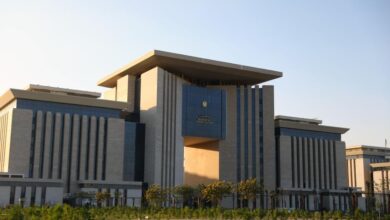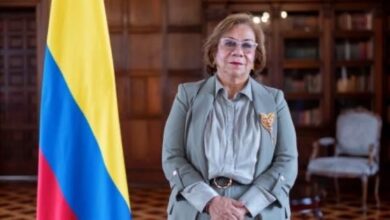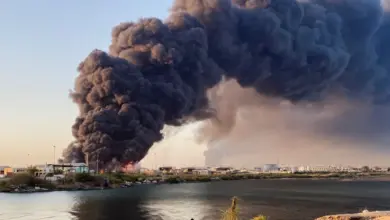Libya has been divided between the internationally recognized government in Tripoli and a parallel administration allied to Haftar since Gaddafi’s downfall.
Gharyan, lying in the Western mountains about 100 km due south of the capital, had been allied to the Tripoli government.
The two sides fought skirmishes on Wednesday but these had ceased, town mayor Yousef al-Bdairi said earlier on Thursday.
A town resident told Reuters: “The town now is under control of the army who came from the east and I can see their vehicles with their Libyan National Army logo.”
Guterres, who arrived in Tripoli on Wednesday to promote peace talks, said in a tweet before Gharyan’s capture that he was deeply concerned by the military movements and the risk of confrontation.
“There is no military solution. Only intra-Libyan dialogue can solve Libyan problems. I call for calm and restraint as I prepare to meet the Libyan leaders in the country,” he said.
Setback
The developments are a setback for the United Nations and Western countries which have been trying to mediate between Serraj and Haftar, who met in Abu Dhabi last month to discuss a power-sharing deal.
A national conference is set to follow this month to agree on a road map for elections to resolve the prolonged instability in Libya, an oil producer and a hub for refugees and migrants trekking across the Sahara in the hope of reaching Europe.
Haftar enjoys the backing of Egypt and the United Arab Emirates, which see him as bulwark against Islamists. His opponents see in him as a new Gaddafi.
His forces control the east and recently expanded to southern Libya.
There was no immediate comment from the Tripoli government, which has issued a general alert for its forces in response to the eastern advance.
Analysts doubt the LNA is capable of launching a full-scale attack as it has stretched itself with the southern advance and it also relies on tribesmen and other auxiliary forces.
Reporting by Ulf Laessing, Asma Alsharif and Tom Miles, Editing by Angus MacSwan





